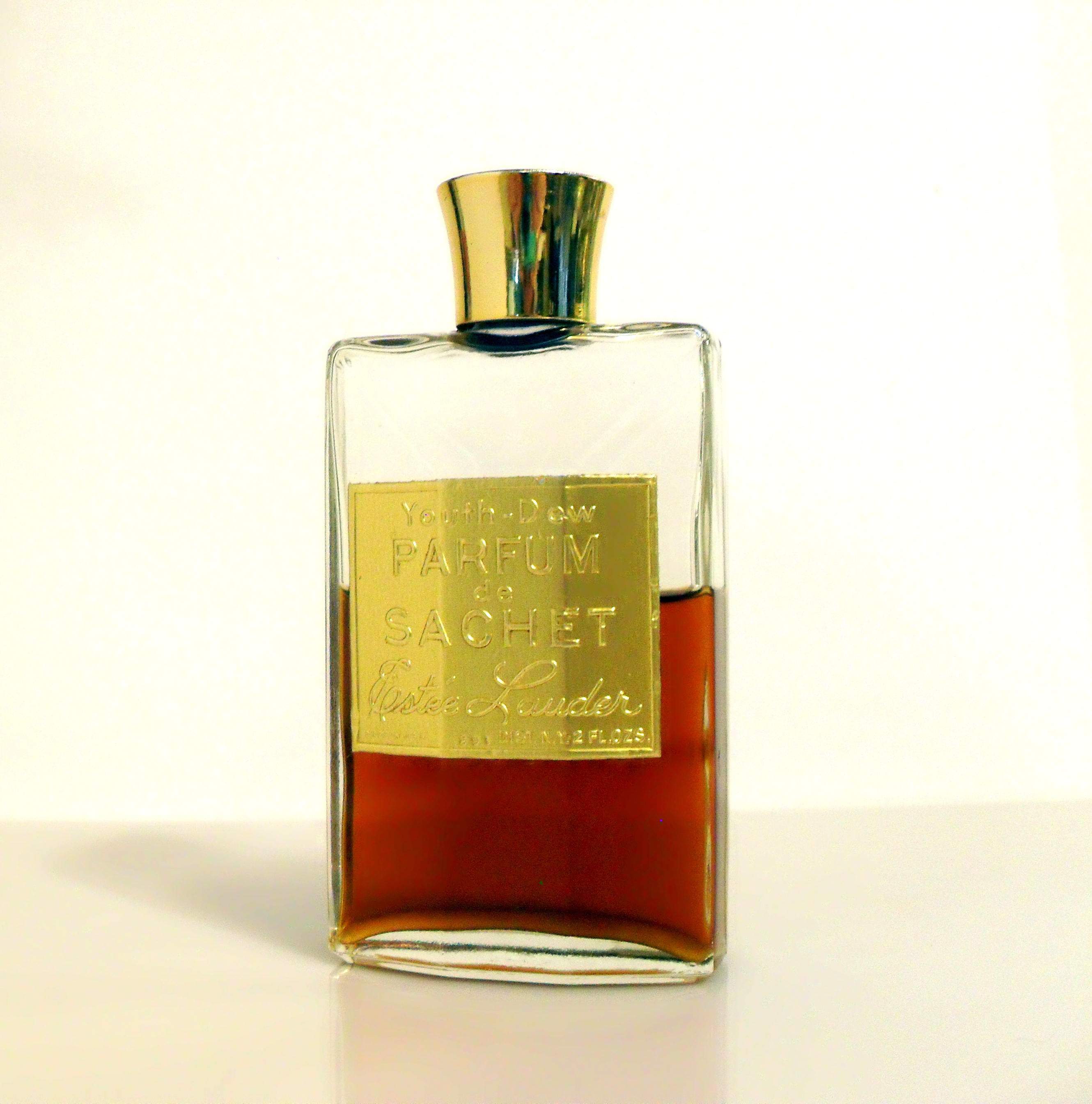

We eventually followed the Alaska Highway back to Namao, Alberta. Next, we flew to Burns Lake, Dawson Creek and Fort Nelson in B.C., followed by Watson Lake and Whitehorse, Yukon, and up to the Alaskan border. until August 4, checking sites as far as Kemano. We then moved to Terrace and operated in B.C. “The next day we spent over six hours flying from Prince George to Prince Rupert. It consisted of a number of trucks carrying radio and survey equipment, along with personnel to operate them. “I flew 9601 to Prince George, where I met the rest of the party. “The test flight on the next day went satisfactory, as planned,” recalled Campbell. (It was the RCAF’s first helicopter, purchased back in 1947.) Mechanics went over it and made it airworthy. On July 19, 1954, an Air Force Fairchild C-119 Flying Boxcar transport plane landed and a Sikorsky S-51, No.

RCAF Flying Officer Dan Campbell remembered his last, mysterious rotary-wing mission in the summer of 1954: he was ordered to go to Fort St. In the early days of the project, the Mid-Canada Line was kept highly secret. Using the RCAF also made sense in other ways. Unfortunately, these three did not have sufficient transport-size helicopters in their fleets to take on such an enormous construction endeavor, so the Royal Canadian Air Force (RCAF) had to carry out the job. The major players were Okanagan Helicopters in British Columbia, and Spartan Air Services and Kenting Aviation (the sister company that predated Kenting Helicopters) in Ontario. Getting enough helicopters, though, would not be an easy task, as there were few commercial helicopter companies in Canada at the time. In order to transport the workers and equipment needed for the survey and construction phases, the obvious preference was for rotary-wing aircraft. The eastern part of the radar line, between Hudson Bay and Labrador, featured rocky and mountainous terrain. Much of this part of Canada was rugged, uninhabited terrain, covered with trees, muskeg, lakes, rivers and the deep bedrock of the Canadian Shield. This new radar line would come to be known as the Mid-Canada Line, and was proposed for the 55th parallel, stretching 2,700 miles between British Columbia and Labrador. There was an area of inadequate radar coverage between the proposed DEW Line, and the Pinetree Line already constructed in the early 1950s along the border between Canada and the U.S. companies, including Petroleum Helicopters (PHI), were used to help maintain it.Īt the same time as the DEW Line was being planned, it became apparent an additional electronic radar line further south would be required. After the DEW Line became operational, Canadian companies, including Okanagan Helicopters and Kenting Helicopters, and U.S. The H-21s were also used for search and rescue duties along the line. Prior to construction, Ontario’s Spartan Air Services completed the main aerial photo surveys for the line.ĭuring construction, some USAF military helicopters, such as the Piasecki H-21, the Sikorsky S-55 and the smaller Bell 47, were used to carry personnel and cargo. commercial and military aircraft – carried over 140,000 tons of equipment and material. In just 32 months, 45,000 flights – utilizing 50 Canadian and 31 U.S. Its construction involved one of the largest airlifts ever attempted.

On July 31, 1957, the main part of the DEW Line became operational (the eastern Canadian section was not ready until September 1957). to construct the radar sites on Canadian territory: “Thus placing in motion one of the most widely dispersed and difficult construction projects yet attempted in the Arctic,” according to then U.S. In 1954, the Government of Canada gave approval to the U.S. The northernmost line, the DEW, ran from Point Barrow in Alaska to Cape Dyer on Baffin Island, approximately 3,000 miles in length (it was built basically along the 69th parallel, north of the Arctic Circle). Their construction was an enormous undertaking that greatly relied on helicopters to ensure their success. Three radar lines – the Pinetree Line, the Mid-Canada Line, and the Distant Early Warning (DEW) Line – were constructed to provide advanced notice of any approaching threat. This was a time in the Cold War when the United States was concerned about a potential nuclear attack from the north.
#Dew lin ephotos 1950s series
Not many people are aware of a major helicopter-supported construction project that occurred in the uninhabited, desolate northern regions of Canada during the mid-1950s: a series of radar lines designed to detect incoming Soviet bombers. The Cold War of the 1950s spawned the need for early warning radar systems, the construction of which helped pioneer the use of helicopters on large-scale construction projects, as Bob Petite reports in this column from the October-November issue of Vertical.


 0 kommentar(er)
0 kommentar(er)
